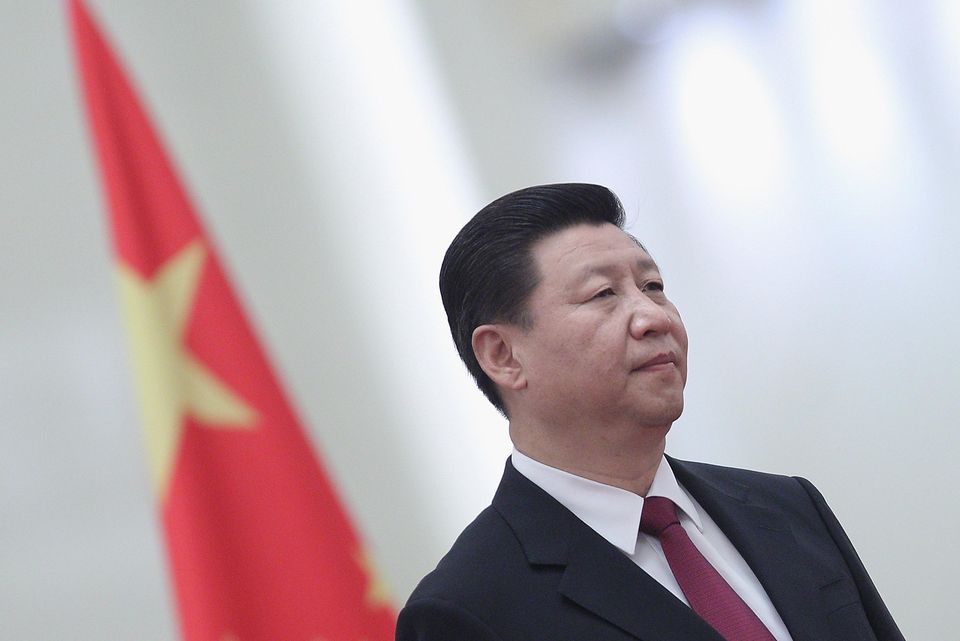China has tried to defend its position on the Mekong rivalry, claiming it hasn’t stored water to the detriment of the downstream South Asian nations. But the US-sponsored Mekong Monitoring Project is now investigating the entire situation.
China has many hydraulic projects along the Lancang River, covering countries such as Myanmar, Thailand, Cambodia, and Vietnam, which are primarily responsible for water restrictions in those countries. Despite its many denials, it was disclosed that China had 11 dams on the Lancang River, “sophisticatedly orchestrated and run in such a way that hydroelectric power was maximized in East China for sale, without regard to the downstream consequences.”
On Monday, a US-funded satellite project was announced, which would monitor and publish water levels in Chinese Dams on the Mekong River, contributing to South East Asia’s rivalry.
The Lancang Waterway (China, Laos, Thailand, Cambodia, and Vietnam), known in 4 350 kilometres (2,700 miles), has been a competitive subject. Beijing rejected U.S. research saying that Chinese barracks have held water to the expense of downstream countries, where 60 million people depend on the river for fishing and agriculture.
The Mekong Dam monitor uses data from cloud-based satellites to track dam levels in China and other countries, partly funded by the Department. The details will be available to everyone on Tuesday in almost real-time. A separate “surface wetness” indicator is used to indicate which areas of the area are wetter or drier than usual: a guide to how much natural flows have been disrupted by the influence of the dams.
The eleven barracks constructed by China on the mighty Mekong River, which have over 47 billion cubic meters of combined water capacity, come to the fore, but the Communist regime in China known for its distinctive opacity, does not release the amount of water it retains for its reservoirs.
China’s plans to build mammoth hydroelectric energy projects, some of the gigantic dams in the area, are therefore causing the water shortage in South-East Asia. China needs 200 billion cubic waters to drain in the water-starved and densely populated northern China from the three massive foreign rivers, the Mekong, Brahmaputra, and Nu-Salween. Thus, water availability decreases in many countries of Southeast Asia.
Read More: China stole their water, so angry Cambodians come out on the streets to kick China out of Cambodia
The lack of any successful water-sharing treaty/accord on the lines of the Indus Water Treaty (IWT) between India and Pakistan is what further complicates the issues between China, in its place as the upstream Mekong country, and the Lower Mekong Basin (LMB) countries in Southeast Asia.
China has criticized past studies, including the Eyes on Earth report – part of the Mekong Dam Monitor project – which said that the water was kept down by other countries in 2019 as they had experienced extreme drought.
The state-backed China Renewable Energy Engineering Institute released a report on December 4th in which it stated: “The United States has been unable to provide good evidence throughout; the positive benefits of upstream Lancang river hydropower on downstream Mekong neighbours are clear and obvious”.
China and the USA have rival organizations collaborating with countries in the Mekong region: the Beijing cooperation Lancang-Mekong and the Mekong-US. Partnership. The two countries are also in opposition to Beijing’s claim to most waterways in the South China Sea, an important channel to commerce, which is rich in energy resources.
The increased pressure on finite energy pools in South East Asia due to the pandemic has already increased the hostility in the region with most South Asian and Southeast Asian states setting up hostile defences in response to increased Chinese belligerence and aggressive expansionism. Moreover, the report is further proof that China has been using its position of power as an upper riparian state and by not negotiating a water-sharing accord has put the lives and economies of several Southeast Asian nations at risk.
